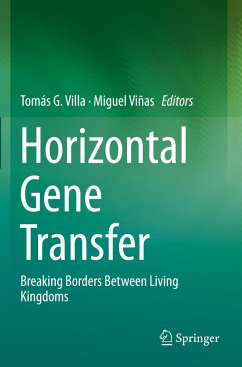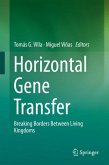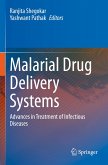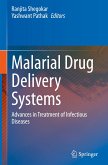The book focuses on the evolutionary impact of horizontal gene transfer processes on pathogenicity, environmental adaptation and biological speciation. Newly acquired genetic material has been considered as a driving force in evolution for prokaryotic genomes for many years, with recent technical developments advancing this field further. However, the extent and implications of gene transfer between prokaryotes and eukaryotes still raise controversies.
This multi-authored volume introduces various means by which DNA can be exchanged, covers gene transfer between prokaryotes and their viruses as well as between bacteria and eukaryotes, such as fungi, plants and animals, and addresses the role of horizontal gene transfer in human diseases. Aspects discussed also include the relevance for virulence and drug resistance development on one hand, and for the occurrence of naturally derived antibiotics and other secondary metabolites on the other hand.
This book offers new insights to anyone interested in genome evolution and the exchange of DNA between the different domains of life, the genetic toolkit for adaptation and the emergence of multidrug resistant bacteria.
This multi-authored volume introduces various means by which DNA can be exchanged, covers gene transfer between prokaryotes and their viruses as well as between bacteria and eukaryotes, such as fungi, plants and animals, and addresses the role of horizontal gene transfer in human diseases. Aspects discussed also include the relevance for virulence and drug resistance development on one hand, and for the occurrence of naturally derived antibiotics and other secondary metabolites on the other hand.
This book offers new insights to anyone interested in genome evolution and the exchange of DNA between the different domains of life, the genetic toolkit for adaptation and the emergence of multidrug resistant bacteria.








